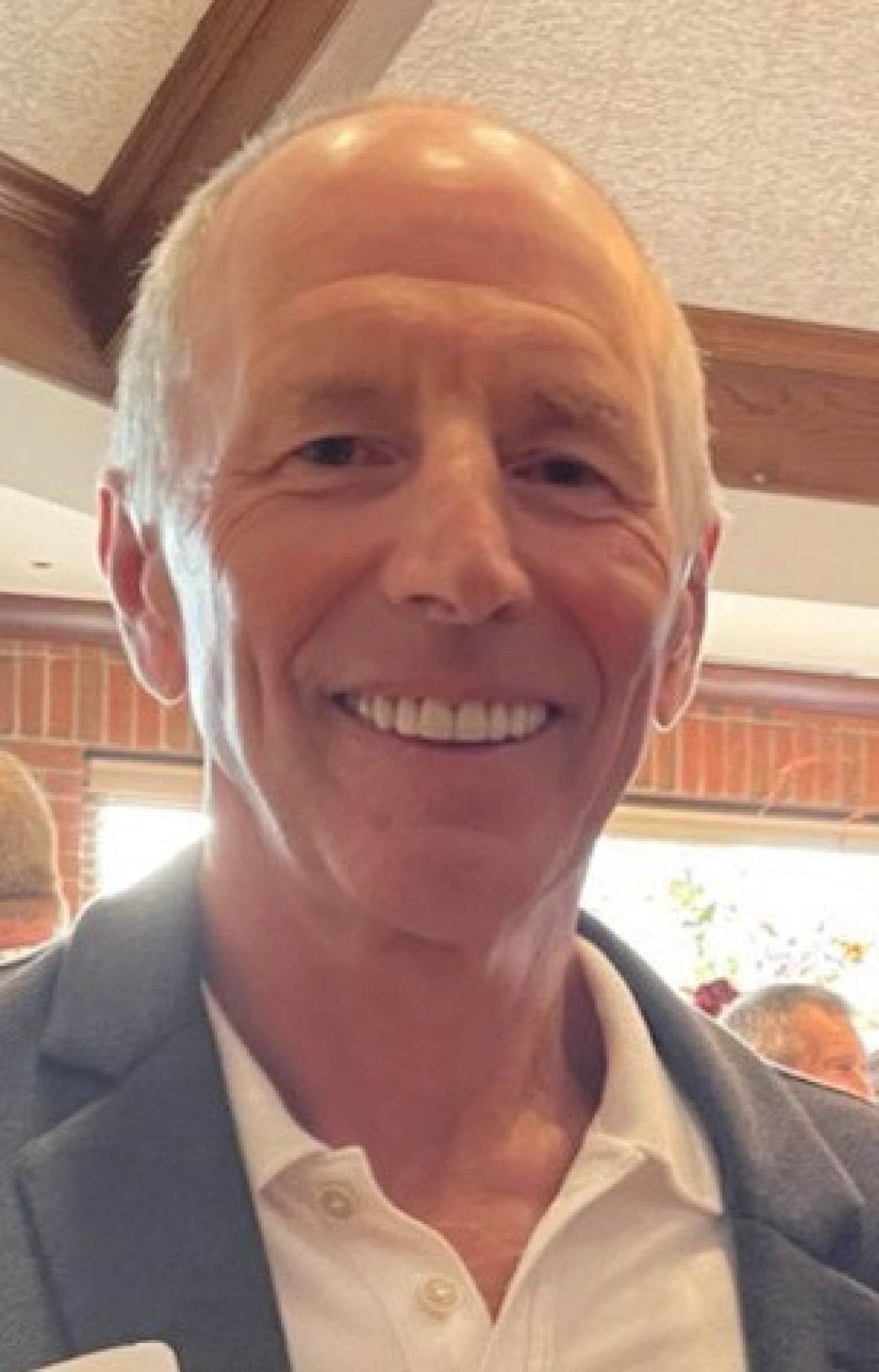Opinion | Wind, solar aren’t enough. The case for Palisades nuclear plant
I’m writing in response to the Aug. 11 guest column in Bridge, “Why reopen Palisades nuclear plant when we have wind and solar?” The writer argues the state of Michigan should not offer incentives and subsidies to reopen Palisades because doing so would strangle “renewable” investments which he defines as wind and solar farms. He also claims nuclear power plants are too expensive to consider building.

Shawn Connors, of South Haven, is an advocate for keeping the Palisades Nuclear Plant open, founder of the Atomic Garage Movement and author of The Quick Read Nuclear Energy Guide.
For starters, Palisades prevented 4.7 million tons of CO2 emissions annually. Prior to Palisades closing the single reactor (805 megawatts, electric) plant in May 2022, it produced 15 percent of Michigan’s CO2 free power. The other Michigan nuclear plants contributed another 63 percent of CO2 free power (78 percent of all Michigan CO2 free power generation).
Palisades’ lost power production has been replaced by coal and natural gas. If you were to attempt to replace Palisade’s power output with wind turbines, you’d have to fill Lake Michigan with them from its southern tip to the Mackinac Bridge. If decarbonization of the atmosphere is our priority, we simply are not serious about achieving that objective without nuclear power in the mix.
By adopting a renewables-only (wind and solar) decarbonization approach, and if Palisades remains closed, as the author suggests, Michigan is headed for exorbitant electric rates, grid instability, and increased fossil fuel dependence.
We would be following the energy playbook of California and Germany. California’s electrical rates are 33 percent higher than the national average coming in at $3,420 per year. And if Germany had built nuclear plants with the investments they made in wind and solar since 2010, they would have decarbonized their entire grid by now.
The writer then pulls out the old canard, nuclear power is just too expensive. It’s true that two new US reactors, Vogtle 3 and 4 in Georgia went over schedule and budget. But China’s Sammen Nuclear Power Station was almost a duplicate of Vogtle, even using the same Westinghouse AP-1000 nuclear reactors. Sammen was completed close to schedule at just under $7.5 billion USD (versus $30 billion for Vogtle in the US).
Still, Plant Vogtle will be the United States’ largest source of CO2 free power generation for decades. With proper maintenance, nuclear reactors can operate for 80 years or more. In a few years nobody will recall Vogtle going over budget during its buildout.
We should be building more nuclear plants, now. That’s a better alternative than conceding the world nuclear energy market to Russia and China. Those countries are building Generation III (like Vogtle) and IV (new small modular reactors – SMR’s) nuclear plants all over the world, while the U.S.’s Nuclear Regulatory Commission slow walks applications. SMR’s are small nuclear reactors, made in factories, and are inherently safe. Many are scheduled to start coming online by 2030 all over the world.
In addition to destroying thousands of acres of our natural horizons and beautiful landscapes, wind and solar farms are especially harmful to wildlife. That’s why the Renewable Rejection Database kept by Robert Bryce shows 172 community rejections of solar farms and 408 rejections of wind farms in the United States as of 2023.
And because of the intermittent nature of wind and solar, natural gas and coal plants have to idle, on stand-by, then jump in and supply power as the wind and sun change. When it’s sunny and windy, the grid can’t take all the power from wind and solar. And there is no battery technology on the horizon even close to delivering baseline power. Nuclear, gas, and coal are dispatchable, meaning it’s there when you need it. Every time.
Let’s build combined cycle natural gas plants in Michigan, a technology that is 50 to 60 percent more efficient than using small natural gas plants called peakers. Peakers are smaller and used only when the power grid can’t keep up with demand. Then let’s safely upgrade and reopen Palisades. Moving forward, let’s put new Generation IV Small Modular Reactors at former coal plants, and near end users of industrial heat as the Dow chemical company is preparing to do in the Houston area. Natural gas to nuclear (N2N) is the fastest path to zero net carbon and could offer Michigan citizens reliable affordable energy for the long term.
See what new members are saying about why they donated to Bridge Michigan:
- “In order for this information to be accurate and unbiased it must be underwritten by its readers, not by special interests.” - Larry S.
- “Not many other media sources report on the topics Bridge does.” - Susan B.
- “Your journalism is outstanding and rare these days.” - Mark S.
If you want to ensure the future of nonpartisan, nonprofit Michigan journalism, please become a member today. You, too, will be asked why you donated and maybe we'll feature your quote next time!




